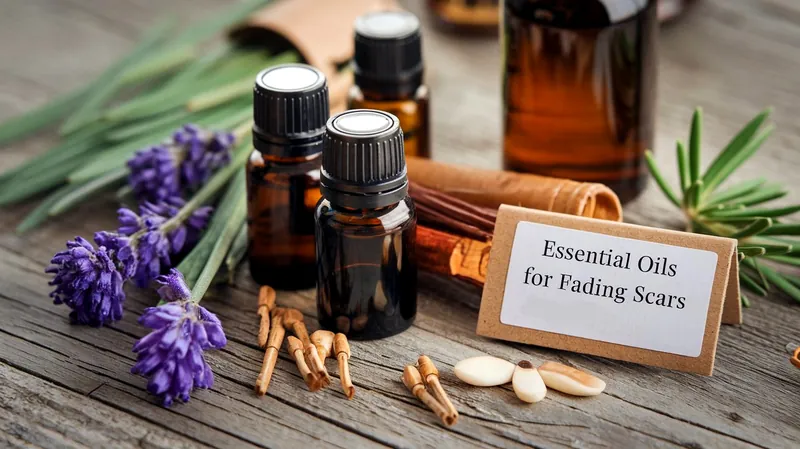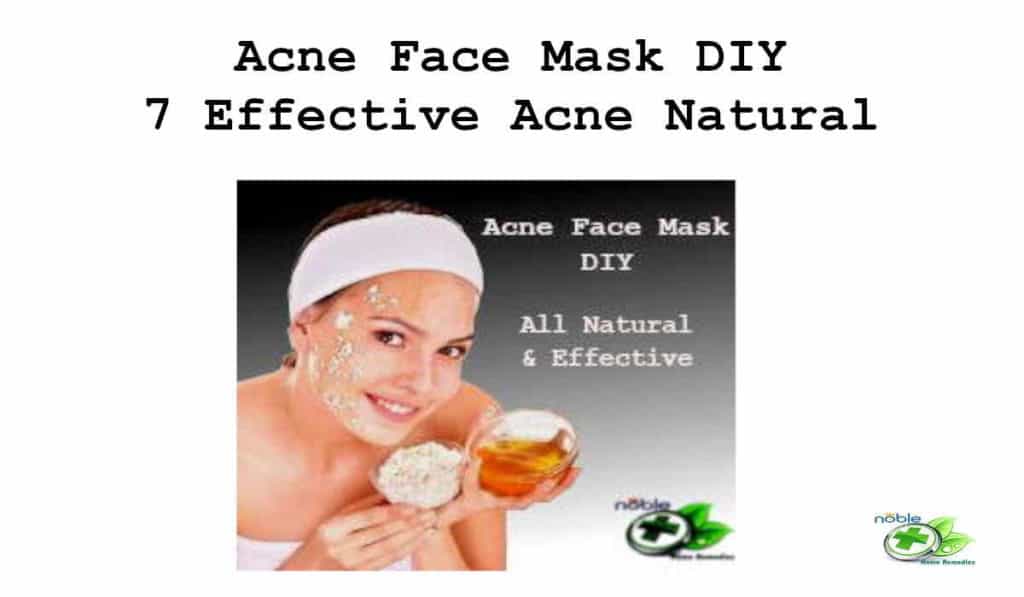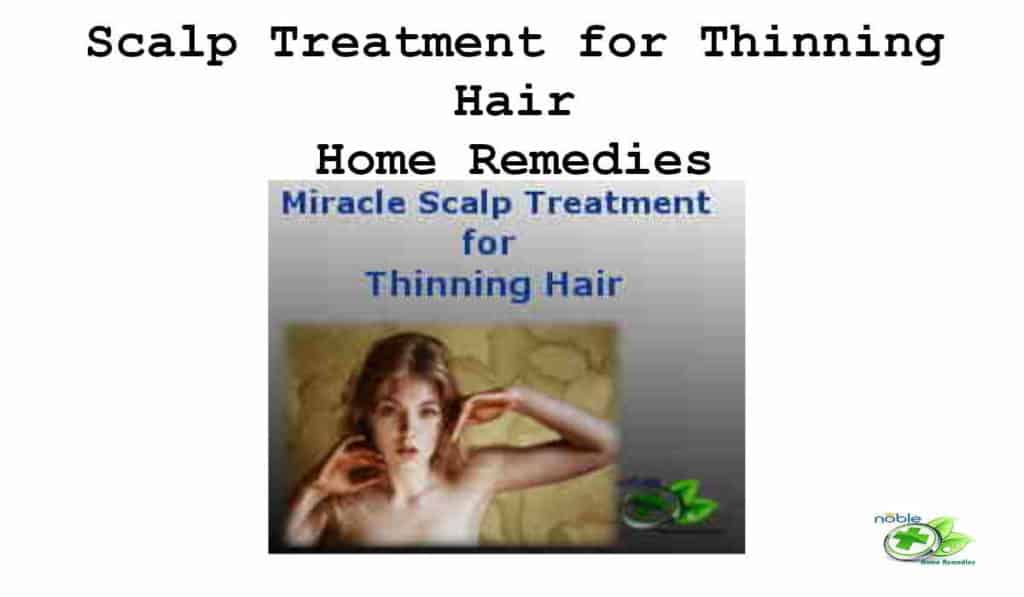Jojoba Oil for Fordyce Spots: Experience 6 Steps Solution
Uninvited and often misunderstood, Fordyce spots can be a source of self-consciousness for many. These tiny, harmless, yet conspicuous bumps that often appear on the lips, genitals, or even around the mouth can negatively impact self-esteem and confidence. If you’re one of those seeking a natural solution to combat Fordyce spots, you’re in the right place.
In the realm of natural remedies, there’s one contender that stands out – Jojoba oil. This remarkable liquid, derived from the seeds of the jojoba plant, has gained recognition for its potential to transform the skin. It’s not just another product on the shelf; it’s a promising remedy that might hold the key to your Fordyce spot concerns.
In this blog post, we’ll go into the details of Jojoba oil for Fordyce spots and its fascinating benefits. We’ll explore its unique properties, the science behind its effectiveness, and how to use it properly to target these unwanted blemishes. Our aim is simple: to empower you with knowledge and solutions that can help you experience the marvel of Jojoba oil in addressing Fordyce spots.
Understanding Fordyce Spots
Before we understand the incredible potential of Jojoba oil as a remedy for Fordyce spots, it’s crucial to have a clear understanding of what are Fordyce spots.
Fordyce spots are a common dermatological condition characterized by the appearance of small, raised, pale, or skin-colored bumps on the skin’s surface. Fordyce spots are different from pimples. They are typically painless and non-contagious. These spots often manifest in specific areas of the body, including the lips, genitals, and the area around the mouth. While they are generally harmless from a medical standpoint, their presence can be emotionally challenging.
The main causes for Fordyce spots are hormonal changes, aging, etc.
While Fordyce spots are harmless, they can have a significant psychological impact on individuals. The visibility of these spots, especially in noticeable areas like the lips, can lead to feelings of self-consciousness and lowered self-esteem. Social situations, intimate relationships, and even daily activities like eating or speaking can become sources of anxiety and discomfort.
Given the psychological toll Fordyce spots can take, it’s crucial to explore safe and effective treatments. Some even want to pop Fordyce spots to get over it. Seeking ways to manage or reduce the appearance of these spots is not just about vanity but also about restoring one’s confidence and well-being.
Introducing Jojoba Oil
Now that we’ve laid the foundation for understanding Fordyce spots, it’s time to introduce our superhero in this skincare story – Jojoba oil.

What is Jojoba Oil?
Jojoba oil, often referred to as nature’s liquid gold, is an extract derived from the seeds of the jojoba plant (Simmondsia chinensis). This remarkable plant is native to the arid regions of North America, primarily found in the Southwestern United States and Northern Mexico. The jojoba plant has long been treasured for its extraordinary oil, which has found its way into a multitude of skincare products.
Natural Properties of Jojoba Oil
One of the key reasons Jojoba oil has gained immense popularity in the world of skincare is its impressive natural properties. These properties make it an ideal candidate for addressing a variety of skin concerns, including Fordyce spots.
Hypoallergenic: Jojoba oil is naturally hypoallergenic, making it suitable for individuals with sensitive skin. It is unlikely to cause allergic reactions or irritation, even when applied to delicate areas of the skin.
Non-Comedogenic: Another noteworthy trait of Jojoba oil is that it is non-comedogenic, meaning it doesn’t clog pores. This is a critical characteristic for individuals dealing with Fordyce spots or those prone to acne.
Balancing Sebum Production: Jojoba oil’s chemical structure closely resembles the sebum produced by our skin. As a result, it has the unique ability to regulate and balance sebum production, which can be especially beneficial in managing Fordyce spots.
Historical Use in Skincare
While Jojoba oil has gained popularity in recent years, it’s important to note that its use in skincare is far from a new discovery. Indigenous communities in North America have been using Jojoba oil for centuries to treat various skin ailments and as a natural moisturizer. Its historical use is a testament to its effectiveness and safety.
The Science Behind Jojoba Oil
To truly appreciate the marvel of Jojoba oil for Fordyce spots issues, it’s essential to learn the fascinating science that underpins its effectiveness.
Chemical Composition of Jojoba Oil: Jojoba oil is unique among natural oils due to its chemical composition. It primarily consists of long-chain esters and fatty acids. The predominant fatty acids include oleic acid, eicosenoic acid, and erucic acid, among others. These components contribute to Jojoba oil’s distinct properties that set it apart in the world of skincare.
Why Jojoba Oil is Suitable for Skin Application: The chemical structure of Jojoba oil closely resembles that of human sebum, the natural oil produced by our skin. This resemblance is crucial for several reasons:
- Sebum Regulation: Jojoba oil has the remarkable ability to regulate sebum production. When applied to the skin, it sends a signal to the sebaceous glands, essentially telling them to balance oil production. This is particularly beneficial for individuals dealing with Fordyce spots, as it helps prevent the overproduction of sebum that can contribute to their development.
- Non-Comedogenic: Jojoba oil’s composition makes it non-comedogenic, meaning it won’t clog pores. This is crucial for anyone with Fordyce spots or acne-prone skin, as it allows for effective moisturization without the risk of exacerbating these conditions.
- Antioxidant and Anti-Inflammatory Properties: Jojoba oil doesn’t just stop at balancing sebum production and being non-comedogenic. It also boasts antioxidant and anti-inflammatory properties, which can be especially relevant in the context of Fordyce spots.
- Antioxidant Protection: The antioxidants in Jojoba oil help combat oxidative stress, which can contribute to skin issues and premature aging. For individuals dealing with Fordyce spots, the antioxidants offer protection against further skin damage.
- Anti-Inflammatory Action: Inflammation is a key factor in various skin conditions, including Fordyce spots. Jojoba oil‘s anti-inflammatory properties help soothe and calm irritated skin, potentially reducing the appearance and discomfort associated with Fordyce spots.
Understanding the science behind Jojoba oil’s composition and its unique qualities sheds light on why it’s considered a powerhouse in the realm of skincare.
Jojoba Oil for Fordyce Spots: How It Works
Moisturization and Sebum Regulation
One of Jojoba oil’s standout qualities is its remarkable ability to provide deep moisturization while simultaneously balancing the skin’s sebum production. For those grappling with Fordyce spots, this dual action is key to understanding how Jojoba oil can help.
Moisturization: Jojoba oil is a potent emollient, capable of nourishing and hydrating the skin deeply. This is particularly important for Fordyce spots, as keeping the affected area adequately moisturized can prevent the sebaceous glands from overproducing sebum, which can contribute to the formation of these spots.
Sebum Regulation: As we mentioned earlier, Jojoba oil’s chemical structure is akin to human sebum. When applied topically, it essentially “tricks” the skin into thinking it has produced enough oil, leading to a reduction in sebum production. This natural regulation can be immensely helpful for individuals dealing with Fordyce spots, as it prevents the excessive buildup of sebum that can lead to their development.
Gentle and Non-Irritating Nature
One of the significant advantages of using Jojoba oil for Fordyce spots is its gentle and non-irritating nature. Unlike some harsher treatments that can be abrasive to the skin, Jojoba oil is well-tolerated by most skin types. This is especially important for the delicate skin around the lips and genital area, where Fordyce spots often appear.
In contrast to chemical medical treatments or invasive procedures, Jojoba oil offers a soothing and non-aggressive approach. It doesn’t strip the skin of its natural oils or disrupt its balance. Instead, it encourages harmony, which can be a relief for those seeking a more natural and less abrasive solution.
Natural Remedies for Fordyce Spots
For those exploring natural remedies for Fordyce spots, Jojoba oil shines as a gentle yet effective option. Its ability to moisturize, regulate sebum, and do so without irritating. The next steps involve understanding how to use Jojoba oil properly and what results to expect.
How to Use Jojoba Oil for Fordyce Spots
Let’s get practical and explore how to use this natural remedy effectively for Fordyce spots in just 6 steps.
Step-by-Step Instructions:
- Gather Your Supplies: You’ll need a high-quality Jojoba oil product, a clean cotton swab or pad, and a mild, fragrance-free cleanser.
- Prepare the Affected Area: Start by cleansing the area with a gentle cleanser and warm water. Pat it dry gently with a clean towel. Ensuring the area is clean is essential to maximize the effectiveness of Jojoba oil.
- Apply Jojoba Oil: Using a clean cotton swab or pad, apply a small amount of Jojoba oil directly to the Fordyce spots. Be gentle and avoid excessive rubbing, as the affected area can be sensitive.
- Massage Gently: With a clean finger, gently massage the Jojoba oil into the spots using circular motions. This helps the oil penetrate the skin and work its magic effectively.
- Leave It On: Allow the Jojoba oil to remain on the spots for at least 20-30 minutes, or you can leave it on overnight for better results.
- Rinse or Leave: After the desired time, you can choose to either rinse the area with warm water or leave the Jojoba oil on. Some individuals prefer to leave it on to maximize its moisturizing and sebum-balancing effects.
Tips for Choosing High-Quality Jojoba Oil Products:
- Look for Pure Jojoba Oil: Ensure that the product you choose is 100% pure Jojoba oil with no added fillers or synthetic ingredients.
- Cold-Pressed: Cold-pressed Jojoba oil is considered the best quality as it retains more of its natural properties. Look for products labeled as “cold-pressed.”
- Organic, if Possible: Organic Jojoba oil is free from pesticides and other chemicals, making it a safer choice, especially for sensitive skin.
- Check for Transparency: Look for products from reputable brands that provide transparency about their sourcing and extraction methods.
Potential Side Effects and Precautions

While Jojoba oil is generally safe and well-tolerated, it’s essential to be aware of potential side effects and take precautions:
Patch Test: Perform a patch test before applying Jojoba oil to a larger area. Apply a small amount to a discreet part of your skin and wait for 24 hours to ensure you don’t have an adverse reaction.
Discontinue Use if Irritation Occurs: If you experience any redness, itching, or irritation after using Jojoba oil, discontinue use and wash the affected area with mild soap and water.
Consult a Dermatologist: If you have concerns or if Fordyce spots persist or worsen despite using Jojoba oil, consult a dermatologist for professional guidance and potential alternative treatments.
By following these steps and considering the tips and precautions, you can effectively incorporate Jojoba oil into your skincare routine to target Fordyce spots gently and naturally.
Other Natural Remedies
While Jojoba oil is a promising natural remedy for Fordyce spots, it’s worth exploring other options for those seeking alternative solutions to address these spots effectively. Here, we’ll briefly touch upon some additional home remedies for Fordyce spots.
- Coconut Oil: Much like Jojoba oil, coconut oil is celebrated for its moisturizing properties. It can help keep the affected area hydrated and may reduce the prominence of Fordyce spots over time.
- Tea Tree Oil: Tea tree oil is known for its antibacterial and anti-inflammatory properties. When diluted with a carrier oil and applied sparingly to Fordyce spots, it may help reduce inflammation and prevent infection.
- Argan Oil: Rich in antioxidants, vitamins, and fatty acids, this liquid gold works harmoniously to reduce inflammation, hydrate the skin, and help reduce Fordyce spots.
- Aloe Vera Gel: Aloe vera is renowned for its soothing and healing properties. Applying pure aloe vera gel to Fordyce spots can provide relief from irritation and promote skin health.
- Vitamin E Oil: Vitamin E is known for its skin-nourishing benefits. Applying vitamin E oil to Fordyce spots may help improve their appearance and overall skin health.
- Garlic Extract: Garlic has natural antimicrobial properties. Some individuals have reported success in using garlic extract to target Fordyce spots, although this remedy may not be suitable for everyone due to its pungent odor.
- Healthy Diet and Hydration: A well-balanced diet rich in vitamins and minerals, along with proper hydration, can contribute to overall skin health. Ensuring you’re well-nourished and adequately hydrated can support your body’s natural healing processes.
- Exfoliation: Gently exfoliating the affected area with a soft, damp cloth or a mild exfoliating scrub may help reduce the prominence of Fordyce spots by removing dead skin cells.
It’s important to remember that individual responses to these home remedies can vary. What works well for one person may not yield the same results for another. Additionally, as with any natural remedy, it may take some time to see noticeable improvements, so patience is key.
Takeaway
We’ve uncovered the incredible potential of Jojoba oil in addressing Fordyce spots in the blog post. Let’s recap the key takeaways and encourage you to work on this natural remedy with confidence:
- A Natural Solution: Jojoba oil, derived from the seeds of the jojoba plant, offers a natural solution for Fordyce spots. Its unique properties make it a gentle yet effective remedy for those seeking to reduce the appearance of these spots.
- Moisturization and Sebum Regulation: Jojoba oil excels in providing deep moisturization while balancing the skin’s sebum production. This dual action can help prevent the overproduction of sebum that contributes to Fordyce spots.
- Hypoallergenic and Non-Comedogenic: Jojoba oil’s hypoallergenic and non-comedogenic nature makes it suitable for sensitive skin and areas like the lips and genital region. It won’t clog pores or irritate.
- Antioxidant and Anti-Inflammatory: Its antioxidant and anti-inflammatory properties can soothe irritated skin and protect against further damage, which is especially relevant for Fordyce spots.
- Patience is Key: Results may vary from person to person, so patience is essential. Consistency in your skincare routine and giving your skin time to respond are key factors in experiencing the benefits of Jojoba oil.
- Improved Self-Esteem: Beyond addressing the physical aspect of Fordyce spots, Jojoba oil has the potential to boost your self-esteem. Clearer, healthier skin can lead to increased confidence and an improved sense of well-being.
As you consider incorporating Jojoba oil into your skincare routine, we encourage you to give it a try. Remember to perform a patch test and be diligent in your application. If you have any concerns or questions, consulting a dermatologist is always a wise choice. They can offer personalized guidance and ensure that Jojoba oil aligns with your skincare goals.
Embrace the natural marvel of Jojoba oil for Fordyce spots and take the first step towards clearer, more confident skin. Your journey to self-assurance and skin health starts now.
Source:
Noble Home Remedies adheres to rigorous sourcing standards, drawing information from peer-reviewed studies, reputable academic research institutions, and esteemed medical journals and associations. We prioritize using high-quality, trustworthy sources to maintain the accuracy and integrity of our content. You can learn more about how we ensure our content is accurate and current by reading our editorial policy.
- 8 Amazing Home Remedies for Fordyce Spots by Healthy Focus
- Jojoba Oil: An Updated Comprehensive Review on Chemistry, Pharmaceutical Uses, and Toxicity by National Library of Medicine.
- Jojoba – Uses, Side Effects, and More by WebMD
Trust in your purchase:
Every product featured on our site has been carefully researched and selected based on quality, customer ratings, and positive reviews to ensure you receive excellent value for your money.
Please note:
This post contains affiliate links. If you make a purchase through these links, we may earn a small commission at no additional cost to you. This helps support our site and allows us to continue bringing you valuable content. Thank you!
Thank you for your precious time spent with NobleHomeRemedies.
You may also like:
Tips for Healthy Skin
10 Tips for Healthy Skin – All Natural and Easy If you want to maintain…
BMI Calculator for BBL
BMI Calculator for BBL: The Ultimate Precise Measurements Are you one of the many people…
Essential Oils for Fading Acne Scars
7 Top Essential Oils for Fading Acne Scars: A Natural Guide Acne scars are a…
Acne Face Mask DIY – Acne Natural Remedies
Acne Face Mask DIY – The Best Acne Natural Remedies What is acne and what…
Miracle Scalp Treatment for Thinning Hair
Miracle Scalp Treatment for Thinning Hair: Proven Tips All my dear sweet respectable readers, this…
Topical Treatments for Cystic Acne: OTC
Topical Treatments for Cystic Acne: 6 Best OTC Treatments There are many effective homemade natural…






